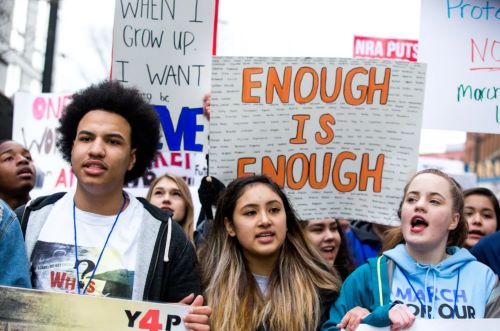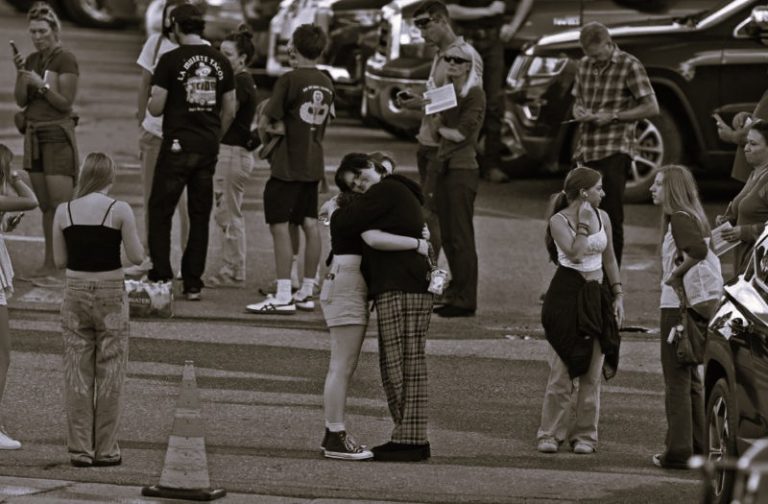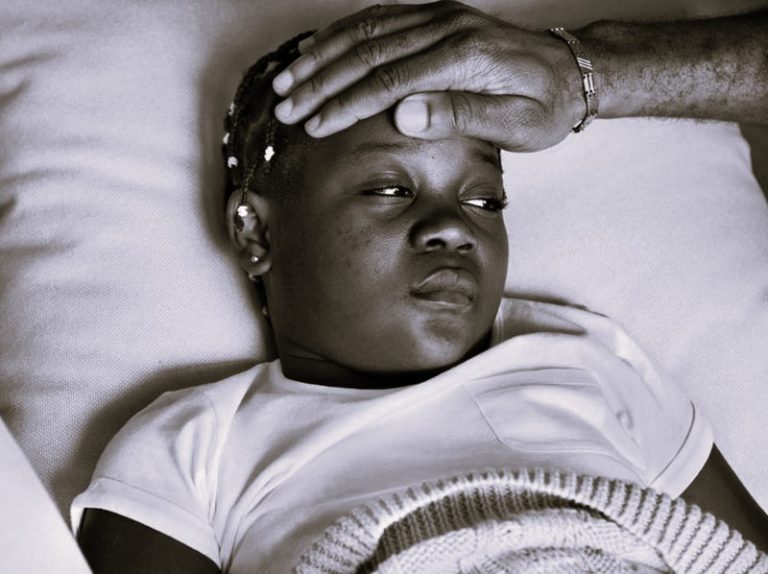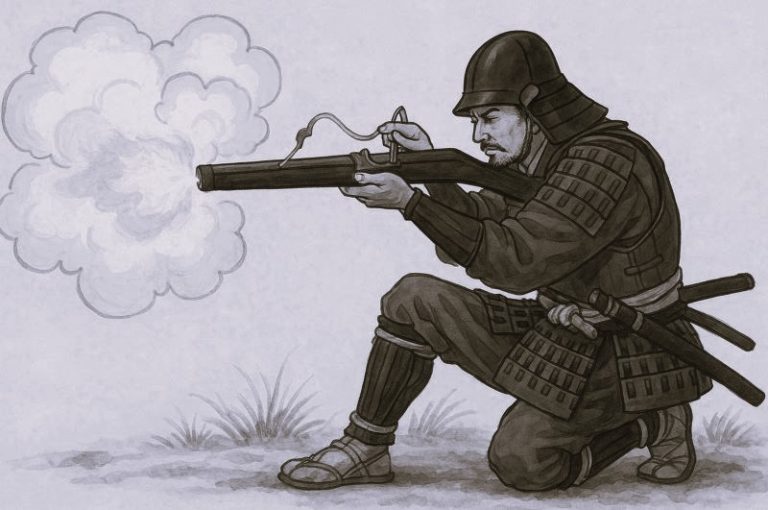

Teen access to guns is not a mystery. It is a consequence of political inaction, cultural deflection, and systemic failure.

By Matthew A. McIntosh
Public Historian
Brewminate
When the Trigger Comes Easy
The headlines are no longer surprising. A 13-year-old shoots a classmate in the hallway. A 16-year-old fires into a crowd from a stolen car. A teenager brings a loaded weapon to school, concealed in a backpack, and claims it was “for protection.”
They appear with frightening regularity, a grim ticker of adolescent violence made possible by one shared thread. The guns were accessible, often shockingly so.
In the United States, firearms are more available to teenagers than ever before. Despite being legally restricted from purchasing handguns until the age of 21, and long guns until 18 in many states, teens continue to gain access through unsecured firearms at home, illegal purchases, or social networks where weapons are passed around like contraband.
The result is a public safety crisis that touches schools, streets, and families in equal measure. Yet much of the conversation remains fixated on individual behavior, sidestepping the systemic ease with which a teenager can get their hands on a deadly weapon.
The Numbers Don’t Lie
In 2023, the Centers for Disease Control and Prevention confirmed that gun violence remained the leading cause of death for children and teens in the United States. The majority of those deaths involved handguns, and a significant number occurred in incidents where the shooter was also underage.
According to Everytown for Gun Safety, at least 350 unintentional shootings by children occurred that year, resulting in more than 150 deaths. But these numbers do not account for deliberate acts of violence — shootings during robberies, gang disputes, or even suicides — all of which are increasingly committed by minors using guns they should never have been able to obtain.
In Chicago, for example, police reported that over 1,000 guns were recovered from juveniles in 2022 alone. In many cases, the teens had no history of criminal behavior. The weapons were either stolen, passed between peers, or taken from homes where no safeguards had been in place.
Not Just Urban
Contrary to popular perception, this is not just an urban problem. In small towns across the South and Midwest, teens are also gaining access to firearms at alarming rates.
In April 2024, a 15-year-old boy in rural Arkansas accidentally shot and killed his best friend while showing off his father’s pistol. The gun had been left loaded in an unlocked toolbox. The boy reportedly believed the safety was on. No criminal charges were filed, but the case drew scrutiny from gun safety advocates who pointed out that Arkansas has no law requiring firearms to be stored securely in homes with minors.
In states where gun culture is strong and storage laws are lax or nonexistent, teens often grow up around firearms with minimal oversight. Hunting rifles, handguns, and even AR-style weapons are sometimes treated as just another tool of the household. That cultural normalcy, combined with a lack of legal guardrails, has proven deadly time and again.
The Digital Market
Another growing problem is the role of social media and encrypted apps in facilitating teen access to firearms. Platforms like Instagram, Snapchat, and even TikTok have been used to showcase weapons for sale, with photos tagged to catch the eyes of teens looking to buy “off book.”
A 2022 report by The Trace found that in several high-profile teen shootings, the guns had been acquired through informal deals arranged via DMs. In some cases, the sellers were other teens.
The ease of access in the digital space mirrors what is happening offline. There is no comprehensive federal mechanism to track illegal gun sales between private individuals, and while some states have enacted universal background checks, many still allow private sales with no vetting whatsoever.
Weak Laws and Weaker Enforcement
Despite the growing toll, most states still have few if any laws designed specifically to prevent teens from accessing firearms.
Only 23 states and the District of Columbia currently have laws requiring secure storage of firearms in homes where minors are present. Even among those, enforcement is rare. Prosecutors are often reluctant to bring charges against grieving parents or guardians, and law enforcement typically lacks the resources to proactively inspect storage practices.
The result is a de facto system of trust — one that too often breaks down after it is too late.
Federal efforts have also fallen short. While the Bipartisan Safer Communities Act passed in 2022 included funding for mental health programs and community intervention, it did not establish a nationwide safe storage mandate or close loopholes in private gun sales. Advocacy groups have pushed for more robust legislation, but resistance from gun rights organizations and partisan gridlock has kept momentum slow.
A Generation Shaped by Violence
For today’s teens, gun access is not just a legal or political issue. It is a lived reality. Schools conduct lockdown drills with increasing regularity. Social media is filled with tributes to classmates lost to gunfire. A recent Pew survey found that 57 percent of American teens worry at least sometimes about a shooting happening at their school. Nearly one in four worry often.
This psychological burden sits alongside the physical risk, creating a generation that has grown up under the constant specter of violence.
For those who survive a shooting — whether as victims, witnesses, or perpetrators — the trauma can be life-defining. Post-traumatic stress, depression, substance abuse, and academic decline are common among teen survivors of gun violence. Entire communities carry the scars of what began with one unlocked drawer, one ignored warning, one accessible weapon.
The Conversation Ahead
It is not enough to ask why a teenager pulled the trigger. We must also ask why the gun was within reach. We must ask why a 15-year-old was able to buy a handgun on Snapchat, or why a 13-year-old could lift one from a kitchen drawer and bring it to school.
Teen access to guns is not a mystery. It is a consequence — of political inaction, cultural deflection, and systemic failure.
Until that changes, the headlines will keep coming. The names will change, the ages will shift, the cities will rotate. But the story will remain the same. A child had a gun, and the adults looked away.
Originally published by Brewminate, 07.29.2025, under the terms of a Creative Commons Attribution-NonCommercial-NoDerivatives 4.0 International license.


